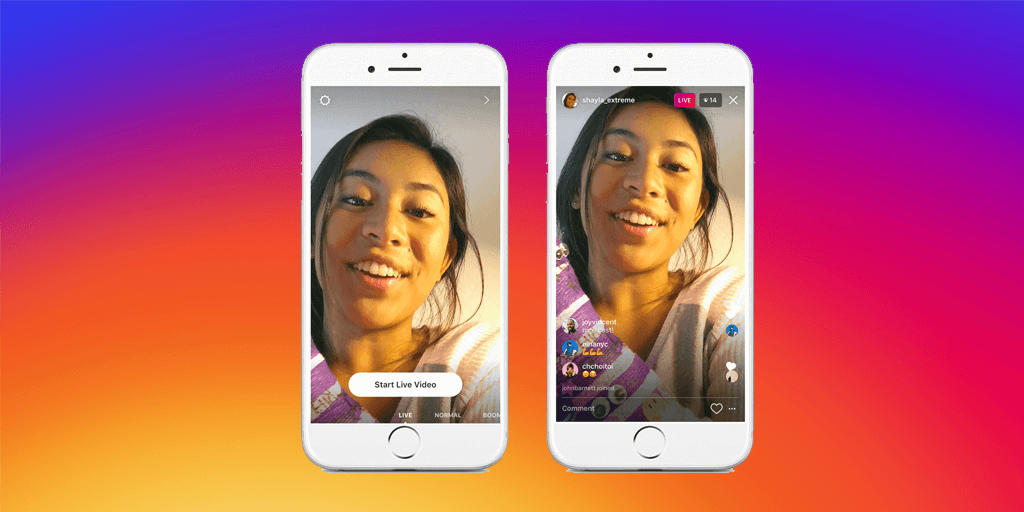A few weeks ago, we published An Introduction to Live Video Marketing: Part I. Today, we’re going even more in-depth and discussing some more tips and tricks to keep in mind when entering the world of live video marketing. By the end of 2019, 80 percent of the world’s Internet traffic will be video. Furthermore, viewers spend 8x longer with live video compared to video-on-demand. So what is it that makes live video so appealing and what are people looking for when watching?
According to Dr. James McQuivey of Forrester Research, a one-minute video has the same value as 1.8 million words, a.k.a. the equivalent to 3,600 web pages. The fact is, most people prefer to watch rather than read something simply because it takes less energy. The human brain processes video and images faster than text-based content, meaning they’re able to absorb more information from a shorter video compared to a lengthy article. That said, there are many platforms from which you can choose to host your live video, and it’s important to understand on which of these your target audience spends the most time.

With Facebook being the mother of social media, it’s no surprise they were the first ones to integrate live video hosting. This, of course. makes them the leader in attracting the largest audiences, but Facebook also offers the unique option of choosing a particular audience. This allows the opportunity to create tailor-made videos for different groups; perhaps older generations will want a detailed breakdown of how to use a product, while millennials would prefer engaging in a Q&A. With FB Live, you can deliver both versions. Videos can last for up to four hours and FB gives detailed analytics reports on peak viewers, number of people reached, comments, shares, reactions, etc. FB also alerts your followers when you are going live and lets you leave the video up on your page indefinitely so it is available at any time, even after the streaming is over.
Although it has only been around for about two years, Instagram Live is a major player when considering where to stream. Unlike Facebook where you use high-quality compatible cameras, IG may seem less professional because it is all done through your mobile device. And while video quality is incredibly important when streaming, the more casual feel can provide a more authentic and engaging experience for viewers. It’s ideal for impromptu Q&A’s, a quick behind-the-scenes look, or even just putting a face to your brand and humanizing yourself a bit more. Not to mention it’s more cost-effective because you’re not paying for that fancy camera equipment. The video does disappear after you conclude, but this also encourages people to be more alert as to when you’ll be going live so they don’t miss anything.

A.k.a. Periscope, a live-streaming app acquired by Twitter in 2015. Twitter is known for being the place to go when watching or attending an event so that you can live tweet or follow along with others by using a designated hashtag. When the opportunity presented itself, it only made sense that the company would implement a way to view these events in real time. The two platforms work seamlessly together, but are unique in that the video is available through two separate apps. Like Instagram, Periscope is limited to mobile only so it too is best used when talking about something spontaneous. The raw footage may seem less advantageous on paper, but it gives people the feeling of really being there as the imperfections are more relatable to real life.
Like anything else, each platform has its pros and cons; the only way to really know what’s best for you and your business is through trial-and-error. Test out your options and see how people respond. But hey, everyone usually posts to at least four different platforms a day, so why limit yourself with streaming?





